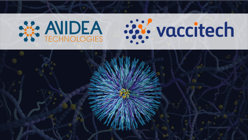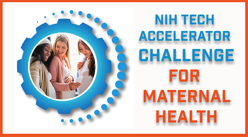
A life sciences building in downtown Bethesda seemed like a slam dunk when StonebridgeCarras and Donohoe Cos. first proposed it in 2018. The site at 8280 Wisconsin Ave. was located close to the National Institutes of Health, the largest source of life sciences funding in the country, and in an urbanized core primed to attract a vibrant millennial workforce.
Image: Bisnow/Jon Banister A view looking down Wisconsin Avenue in Bethesda with Carr’s The Wilson and The Elm development in the background.









